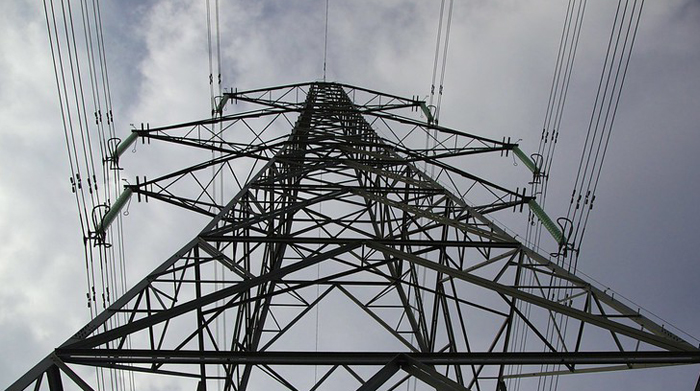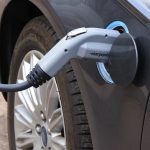How Battery Storage Can Enhance Island Grid Reliability

Image courtesy of Terry Kearney under CC0 1.0 Universal License, resized to 700 x 391 pixels.
Any electric utility operating an island grid understands the level of difficulty here. Historically, island communities have relied heavily on fossil fuel generation sources, but the advent of renewable energy, along with energy storage technologies, is rapidly changing the equation.
The New Paradigm for Island Grid Resilience
Utilities that provide power to island communities have several unique challenges compared to mainland utilities. For one, fossil fuels are typically imported to these areas, increasing costs and lead times. In addition, island communities are smaller than mainland communities, which means skilled labor is harder to come by. Finally, these isolated communities typically have fewer redundancies built into their systems.
For these reasons, island grid operators are forging ahead to reduce their reliance on fossil fuel power generation. This trend, in turn, benefits mainland utilities because these island environments serve as a proxy for a test lab, and the technological breakthroughs being piloted have applicability to mainland grids.
Island communities that are moving forward with clean energy models that depend on battery storage technologies have experienced several key benefits, including:
- Increased intermittency: Because battery technology can store energy, it helps fill the gaps when, for example, the sun isn’t shining, or the wind isn’t blowing.
- Ramp rate control: Batteries can slow the introduction of clean energy into the island grid during production spikes.
- Frequency management: Batteries can essentially regulate the amount of power needed to keep grid frequency stable.
One key piece of equipment needed in this environment is a multi-level, high-speed controller that can manage multiple variables at the same time. These controllers must be able to ingest grid data in real time, control resources in response to real-time grid needs, and optimize the battery’s state of charge (SOC) based on load and production forecasts.
In the final analysis, island grid operators are at the forefront of the clean energy revolution, and it would behoove mainland utilities to keep close tabs on these efforts and apply the lessons learned to their own systems.



